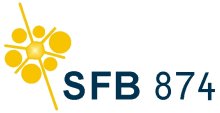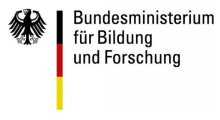Our projects
Learning
Motor, perceptual and semantic learning are believed to be enabled by means of neural plasticity that induces alterations in brain morphology, function and connectivity. Practicing and learning are thought to both induce and profit from neural plasticity, which can occur on different levels of neural organization ranging from synaptic plasticity to changes in complex neural circuitry. Modern brain imaging techniques such as fMRI and structural MRI (e.g. voxel-based morphometry, diffusion tensor imaging) are capable of detecting macro-changes in brain function and regional brain morphology. New developments in brain imaging now also allow the investigation of connectivity between remote brain regions contributing to the same or related tasks. Our research focuses on the exploration of neural mechanisms that underlie various types of learning such as perceptual, semantic and associative learning.
Chronic Pain
Although chronic pain states are highly prevalent, the underlying neurobiological mechanisms of pain chronification are still incompletely understood. Increasing evidence suggests that chronic pain is associated with (maladaptive) neuroplastic changes in the brain. In recent years, alterations in brain function and structure in various chronic pain states could be demonstrated. These changes are thought to reflect maladaptive neuroplasticity that contributes to both the process of pain chronification, as well as to concomitant symptoms of chronic pain patients (e.g. increased levels of depression, anxiety and dyscognition). Importantly, (partial) reversibility associated with clinical improvement has been described. In our research we try to better understand the neural mechanisms that underlie the transition from acute to chronic pain.
Quantitative Muscle Imaging
Structural MRI techniques such as DTI and tractography have been used successfully to investigate white matter integrity of the brain to support the clinical classification of neurodegenerative diseases. As a novel approach, we utilize the same techniques to examine the macro-structure of muscles, which has the potential to raise the standard in clinical research of muscular diseases.








